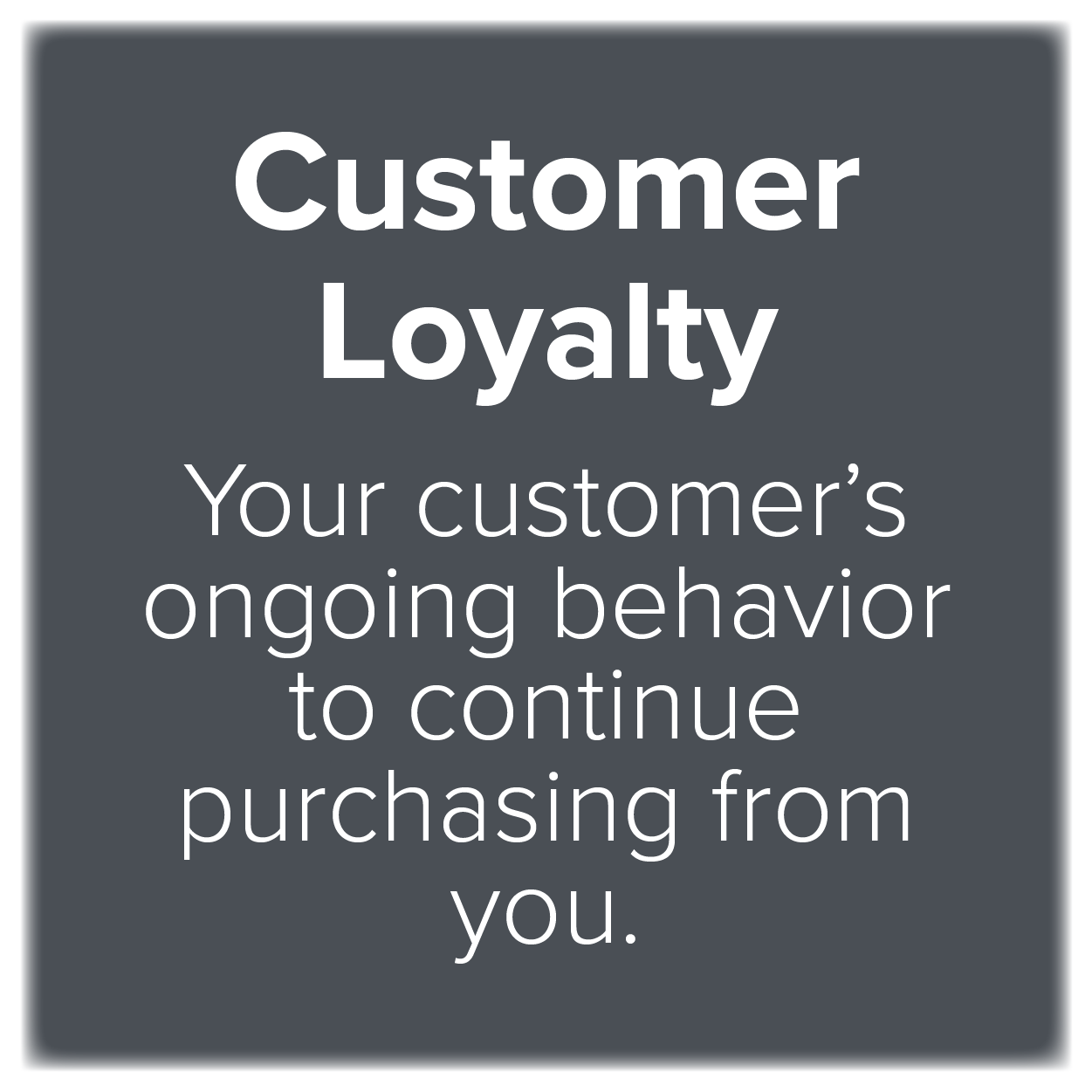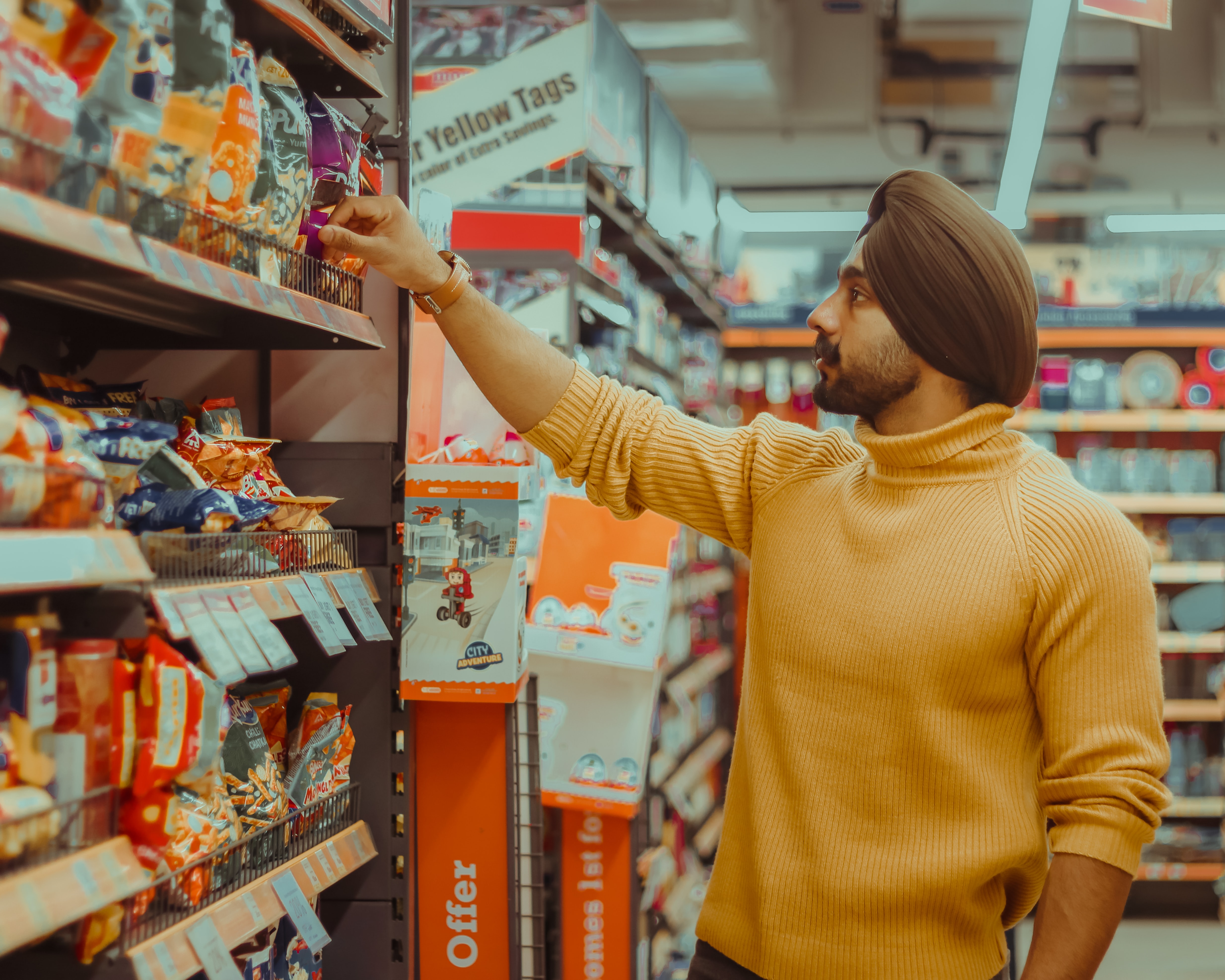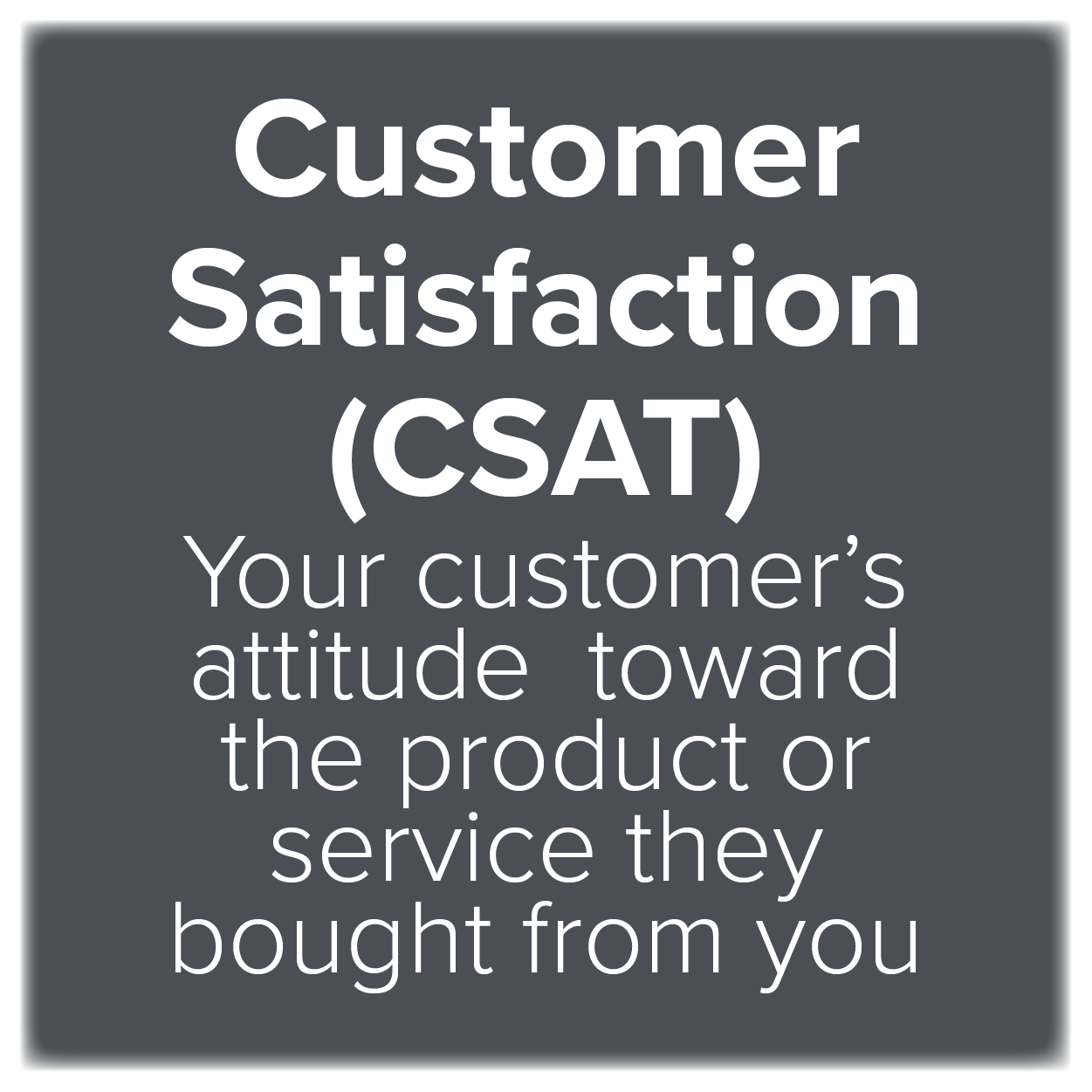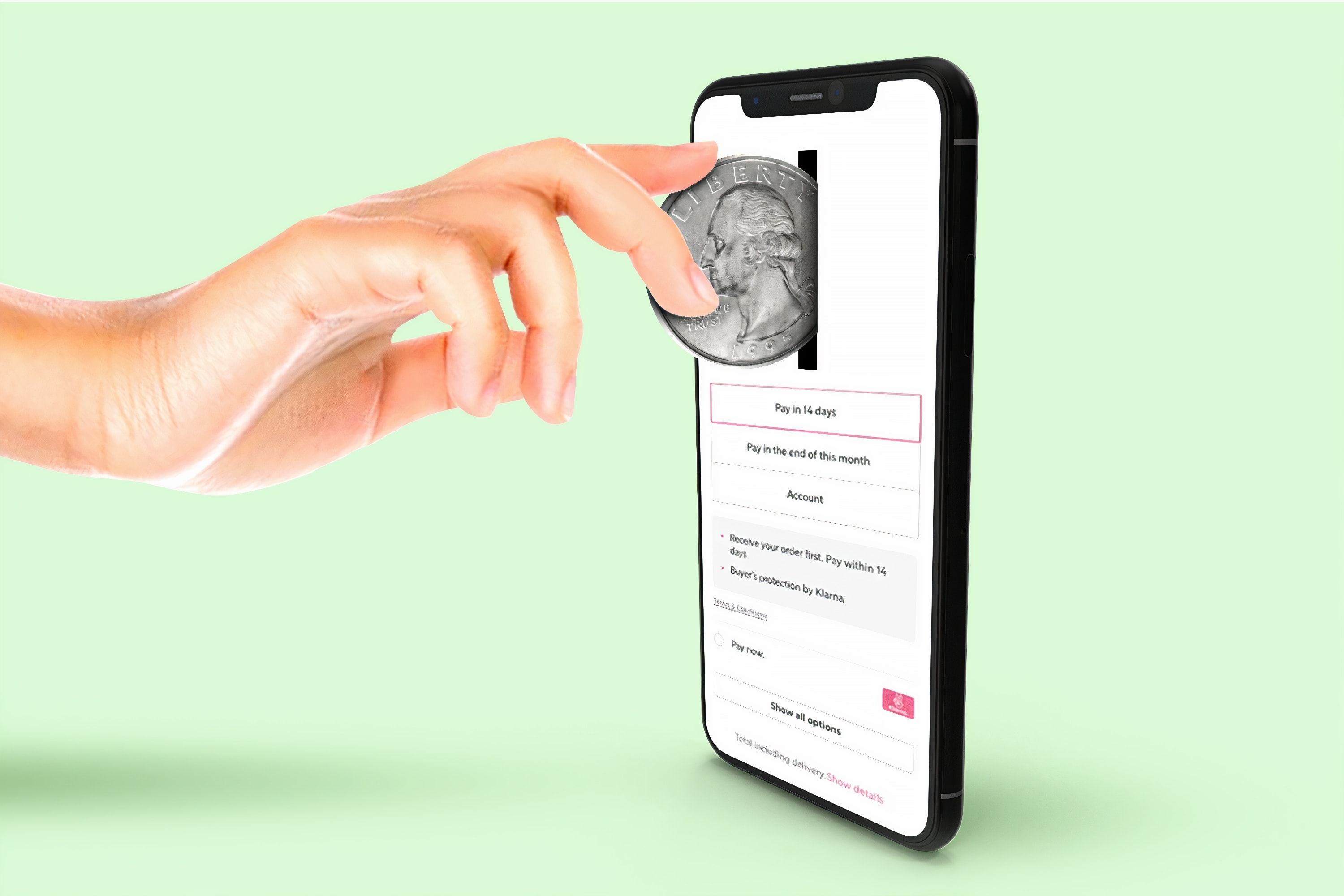“I love how the Loyalty Loop system keeps me in close contact with my clients and allows me to react quickly. The platform, communication, and customer service is outstanding."
Building Your Business With Customer Loyalty Software
Do you know who are your loyal customers? What's your plan to convert more customers into being loyal to your business and brand?

What is Customer Loyalty?
Customer loyalty is your customer’s ongoing behavior to continue purchasing from you. It is created by curating intentional business processes and consistently delivering outstanding customer experiences that keep your customers coming back for more.
Customer loyalty has taken many forms over the years including box-top redemption, punch cards, and today – apps that track your purchasing behavior and automatically offer incentives based on your spending. However, are these programs creating true customer loyalty? Or are they just apps incentivizing customers with irrelevant micro-offers and discounts?
True customer loyalty is not about offering the lowest price or a well-timed coupon. Those tactics attempt to stimulate a purchase. Customer loyalty is an ongoing relationship with your customer based on trust, engagement, and true fulfillment in the full range of services you offer to your customer – before, during, and (most importantly) after the sale. Customer loyalty happens when you deliver a thing of need or desire to your customer, and your customers become emotionally bonded to your business because they love the thing itself and their experiences with your company after buying the thing. They feel connected to your company In a more profound way than just as a buyer of a thing.
Why Customer Loyalty Matters?
While there is a certain thrill in landing new customers, the real value in business is maintaining consistent, reliable, repeat business. It costs up to five times as much to attract a new customer versus keeping an existing one. Financially, it makes much more sense to initiate customer loyalty than to constantly spend advertising dollars informing and convincing new people to buy from you.
There are 3 primary reasons to develop growing numbers of loyal customers: Loyal customers are generally your most profitable customers; give you more share-of-wallet by buying more from you; and are your best advocates to promote you to others (and least-cost form of advertising) if engaged correctly.
How is Customer Loyalty Different than Customer Retention?
Just retaining a certain percentage of repeat customers is not enough. People today are busier than ever. For example, if they choose a type of potato chip that they like, they’ll keep buying it because it’s the easiest, most convenient option when they’re walking down the aisle in the grocery store. Have they tried every chip in the store and decided it is their favorite chip above all others? Not likely. It’s not true loyalty if it’s a decision made purely out of convenience. True loyalty is someone who goes out of their way to seek out your product, tell their friends about it, and choose your product over a similar (perhaps cheaper) competitor. You should want to go beyond habit-based purchasing and create brand advocates for your business.


How is Customer Loyalty Different than Customer Satisfaction?
Customer Satisfaction (CSAT) survey measures your customer’s attitude toward the product or service they bought from you. If you’re thinking, ‘I provide great service, so all my customers must be satisfied!’ then think again. Just providing good customer service isn’t enough. CSAT is not a guarantee for ongoing customer loyalty, but highly satisfied customers are more likely to be loyal. CSAT is a level of satisfaction at any given time. It is like a snapshot, while customer loyalty is a long term relationship built with your customer over time.
Can You Turn Non-Loyal Customers into Loyal Customers?
Yes! It’s not an easy task, and definitely not a quick one, but creating lasting customer loyalty is the best thing you can do for your business. The first step is to recognize that not every customer is having the best experience with your company. You may pride yourself on great customer service, but there are likely customers who are falling through the cracks. Maybe your online interface is not as easy to maneuver as you thought. Maybe your shipping boxes are not sturdy or protective enough. Maybe you have a customer service rep who is doing a good job, but not a great job. How are you supposed to know these kinks are happening? Ask your customer! It may be hard to hear, but soliciting customer feedback (especially negative feedback) is key in improving customer experience and building customer loyalty. When you are armed with the improvements that can be made, you can perhaps save that one customer and in the long run, increase customer loyalty overall by improving your business processes.

How Do You Measure Customer Loyalty?
Measuring customer loyalty is a long term look at the value of your customers. Examples of customer loyalty survey metrics include Negative Churn, Customer Retention Rate, Customer Lifetime Value, and most importantly, NPS® or Net Promoter ScoreSM.
Net Promoter Score (NPS) is a simple metric that allows you to gauge your customer’s emotional connection or sentiment toward your business, and is proven to be the most effective measure of customer loyalty. It is calculated by asking one question: How likely is it that you would recommend our company to friends and colleagues? The customer is presented with a scale from negative sentiment to positive. There are various scale options, but the most popular scale presents choices from 0 to 10 (0 being very unlikely and 10 being very likely). Those who answer 0-6 are considered ‘Detractors,’ people who do not feel they could recommend your business to others. Scores of 7-8 are ‘Passive’ or on the fence. The happiest, most satisfied customers who score 9-10 are considered ‘Promoters.’ Promoters are your biggest fans, are highly engaged with you brand, and would easily promote you to others.
How Can You Increase Customer Loyalty?
Increasing customer loyalty is possible over time, but it requires company-wide dedication to three things: Listening to your customers. Learning from your customers. Engaging your customers.
Listen to your customers
Just because they bought from you once and liked your product or service, does not guarantee they are going to continue to purchase from you. The communication you provide after the sale can turn one-time customers into repeat customers. Follow up with them after the sale to hear what went well, and more importantly – what didn’t.
Learn from your customers
Even highly satisfied customers likely have pain or pressure points somewhere along your sales cycle. Uncovering ways to make your customer processes easier and break down unnecessary barriers will allow you to improve your business and boost customer loyalty. Your customers are the ones interacting with your company, so they can teach you how to improve it.
Engage your customers
Loyalty is an ongoing customer experience decision - you must decide to actively engage your highly satisfied customers, even after they have completed their purchase and you have listened to them and learned from their feedback. Telling your customers about additional products you offer, letting them be the first to know about new product launches, and creating customized offers to show you are listening to their feedback are good jumping off points to creating lasting customer loyalty.
